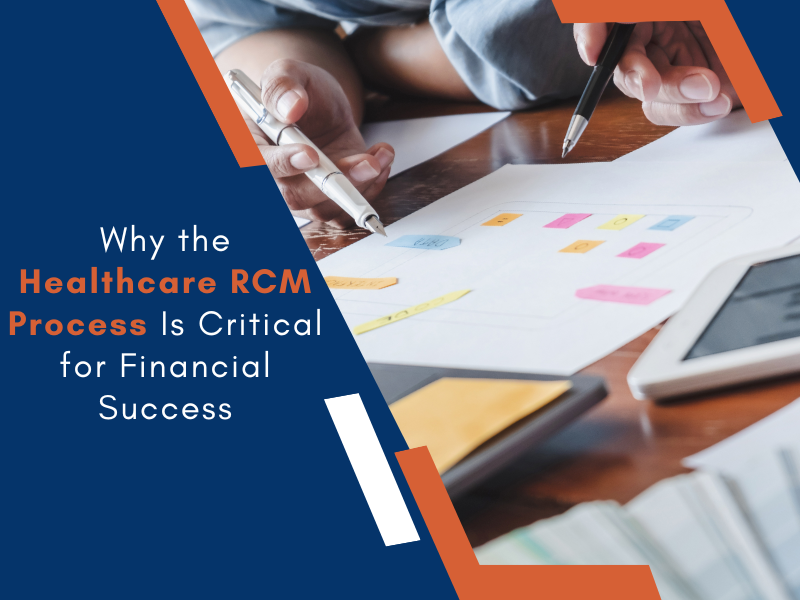Credentialing in medical billing is a critical process that ensures healthcare providers are authorized to offer services to patients while receiving reimbursement from insurance companies. Without proper credentialing, providers face delays in payments or outright denials, which can affect their practice’s financial health. This blog will guide you through the essentials of credentialing in medical billing, explaining its importance, processes, and benefits.
What Is Credentialing in Medical Billing?
Credentialing in medical billing refers to the verification process that confirms a healthcare provider’s qualifications, licenses, and affiliations. It ensures that providers meet the standards set by insurance companies and regulatory authorities to deliver medical services.
For example, credentialing evaluates a provider’s educational background, training, work experience, and any certifications or licenses they hold. This verification process builds trust between providers, insurance companies, and patients, fostering confidence in the quality of care.
Why Is Credentialing Important?
Credentialing in medical billing is essential for several reasons:
- Ensures Compliance
Credentialing ensures that healthcare providers comply with state and federal regulations. This is especially crucial in maintaining ethical and professional standards in medical practice. - Facilitates Insurance Payments
Providers who are not credentialed may not be able to bill insurance companies for services rendered. This can lead to revenue loss and operational challenges for medical practices. - Builds Trust
Credentialing assures patients and insurance companies that providers are qualified to deliver healthcare services. It demonstrates a commitment to quality and accountability. - Reduces Risks
Proper credentialing minimizes the risk of fraud, malpractice, or other legal issues, protecting both providers and their patients.
The Credentialing Process in Medical Billing
Credentialing involves a multi-step process that requires attention to detail and patience. Here’s an overview of the steps:
1. Gather Documentation
Providers must collect and organize all relevant documents, including:
- Medical licenses
- Board certifications
- Educational transcripts
- Proof of malpractice insurance
- Employment history
2. Complete the Application
Most insurance companies have specific credentialing applications. Providers must fill out these forms accurately and provide all required supporting documents.
3. Verification
The insurance company or credentialing organization verifies the provider’s credentials by contacting licensing boards, educational institutions, and previous employers. This step is crucial for ensuring authenticity.
4. Approval or Denial
After verification, the insurance company decides whether to credential the provider. Approval allows the provider to join the insurance network and bill for services.
5. Re-Credentialing
Credentialing is not a one-time process. Providers must undergo periodic re-credentialing to maintain their status with insurance networks.
Challenges in Credentialing for Medical Billing
Credentialing can be a complex and time-consuming process. Some common challenges include:
- Lengthy Timelines
Credentialing can take several weeks or months to complete, delaying providers’ ability to bill for services. - Errors in Documentation
Incomplete or inaccurate documentation can lead to application rejection or prolonged processing times. - Keeping Up with Renewals
Providers need to stay vigilant about credential renewal deadlines to avoid disruptions in service. - Navigating Different Payer Requirements
Each insurance company may have unique requirements, adding complexity to the credentialing process.
How Credentialing Impacts Medical Billing
Credentialing directly influences the efficiency of medical billing processes. When providers are properly credentialed, they can submit claims confidently, knowing they will be processed without unnecessary delays. Here’s how credentialing affects medical billing:
- Timely Reimbursements
Credentialed providers are eligible for quicker claim approvals and reimbursements, improving cash flow. - Fewer Claim Denials
Credentialing reduces the risk of claim denials due to insufficient provider information. - Enhanced Revenue Cycle Management
With accurate and verified credentials, providers can streamline billing and focus on delivering quality care.
Best Practices for Credentialing in Medical Billing
To ensure a smooth credentialing process, healthcare providers and organizations should follow these best practices:
- Start Early
Begin the credentialing process as soon as possible to avoid delays in patient care or billing. - Organize Documents
Maintain a comprehensive and updated file of all required credentials. - Work with Experts
Credentialing can be complex, so consider partnering with experienced credentialing specialists who can navigate the process efficiently. - Stay Updated
Keep track of renewal deadlines and changes in insurance policies to maintain compliance. - Use Technology
Employ credentialing software to automate and streamline the process, reducing the risk of errors.
Benefits of Outsourcing Credentialing
For many healthcare providers, outsourcing credentialing to a trusted partner is an effective solution. Here are some advantages:
- Saves Time
Outsourcing allows providers to focus on patient care instead of administrative tasks. - Ensures Accuracy
Professional credentialing experts are less likely to make errors, ensuring a smooth process. - Improves Efficiency
An outsourced team can handle credentialing for multiple providers simultaneously, reducing bottlenecks. - Maintains Compliance
Credentialing experts stay updated on regulations, ensuring providers meet all necessary standards.
Credentialing and Provider Enrollment: Are They the Same?
Although closely related, credentialing and provider enrollment are distinct processes.
- Credentialing verifies a provider’s qualifications and ensures they meet the standards of an insurance company or regulatory body.
- Provider Enrollment involves enrolling a provider with specific insurance plans so they can bill those insurers for services.
Both processes are essential for a provider’s ability to operate successfully in the healthcare industry.
How Credentialing Supports Quality Care
Credentialing is not just about billing; it’s also about maintaining high standards of care. Patients trust credentialed providers because they meet stringent professional criteria. Credentialing also fosters accountability, ensuring that providers adhere to ethical practices and regulatory requirements.
Conclusion: Partnering with Apaana Healthcare for Credentialing Success
Credentialing in medical billing is a foundational process that ensures providers can offer quality care while maintaining financial stability. Although it can be challenging, following best practices and outsourcing to experts can make credentialing efficient and hassle-free.
At Apaana Healthcare, we drive operational excellence with our global healthcare management solutions. We specialize in outsourced services for health plans, covering:
- Member enrollment
- Claims administration
- Medical billing & coding
- Provider engagement
Our expertise ensures cost-effective solutions tailored to your needs. Partner with us for seamless credentialing and other healthcare management services. Contact Apaana Healthcare today to simplify your credentialing process and achieve operational excellence!





